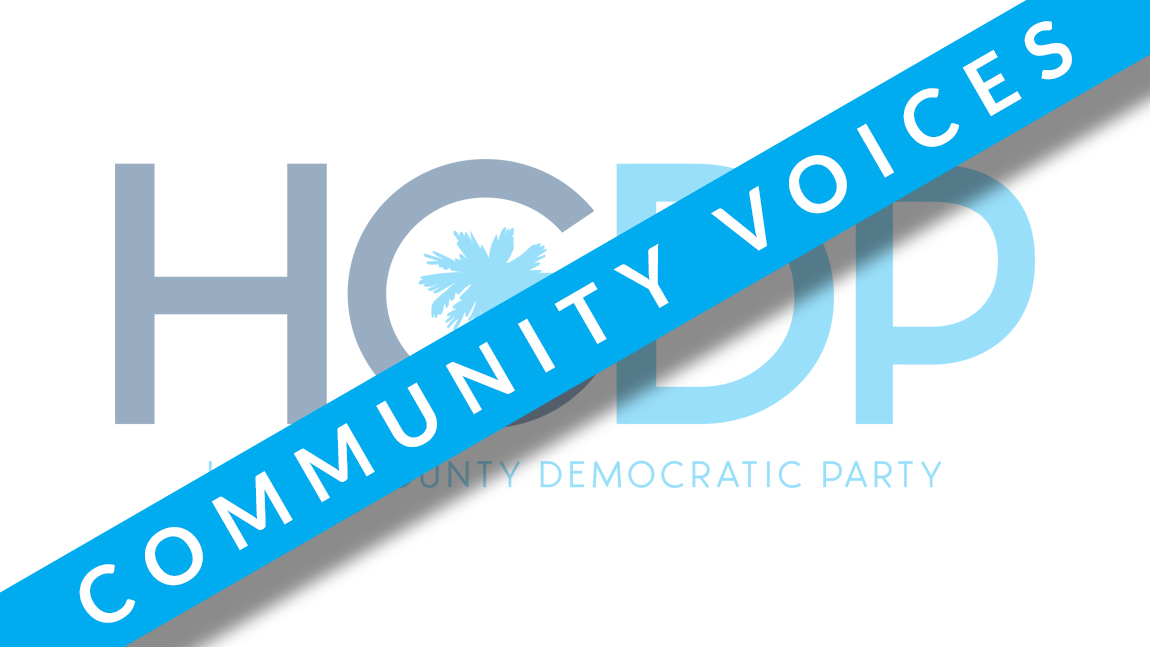by Meredith Rogers.
 It is true, and it happened. On September 5, 2017, Donald Trump officially decided to rescind the Deferred Action for Childhood Arrivals (DACA) policy and has started to work on a plan to deport immigrants whose status is considered illegal by the homeland authorities. Even though the actual deportation would not happen for six months from that date, the only roadblock that stopped these young adults from being sent back to Mexico has now been removed.
It is true, and it happened. On September 5, 2017, Donald Trump officially decided to rescind the Deferred Action for Childhood Arrivals (DACA) policy and has started to work on a plan to deport immigrants whose status is considered illegal by the homeland authorities. Even though the actual deportation would not happen for six months from that date, the only roadblock that stopped these young adults from being sent back to Mexico has now been removed.
While Trump’s stance on immigration has been clear from the start, it is important to understand why DACA matters and what has led to this decision.
When President Obama established DACA in 2012 by executive order, it provided the children of illegal immigrants many of the same rights as U.S.-born legal citizens.
Even though some considered it to be preferential treatment, it was far removed from giving them full amnesty and a right to gain citizenship. All it did really, was to eliminate the immediate threat of deportation that they faced. Now it is possible that protection could be stripped away.
So how serious is Trump about his agenda? Do these people actually face deportation or are they mere puppets in his bid to improve his popularity among the far-right core electorate? As usual, no one knows for sure.
All we know is that this act would mean the offspring of illegal immigrants, many of whom were only children when they first entered U.S., would be forced to leave the only country they have ever known and called a home. Forget about the opportunity to work legally or to have any financial assistance during their studies. Those things would all but disappear if his plans were to go ahead.
 Deportation itself would mean countless destroyed families and a huge loss to the economy as a whole. The financial cost of performing such mass deportation would be unprecedented. Some estimates show figures ranging anywhere from $6 to $8 billion. And that is just the beginning. The long-term impact of removing thousands of qualified workers is estimated at nearly half a trillion dollars in the coming decade.
Deportation itself would mean countless destroyed families and a huge loss to the economy as a whole. The financial cost of performing such mass deportation would be unprecedented. Some estimates show figures ranging anywhere from $6 to $8 billion. And that is just the beginning. The long-term impact of removing thousands of qualified workers is estimated at nearly half a trillion dollars in the coming decade.
As things stand, the Congress has less than five months left to enact new protections for Dreamers. If they are unable to come up with a solution, it will become one of the key issues for the next election. Whatever the outcome, the 800,000 people who are affected by this policy change face challenging and uncertain times.





